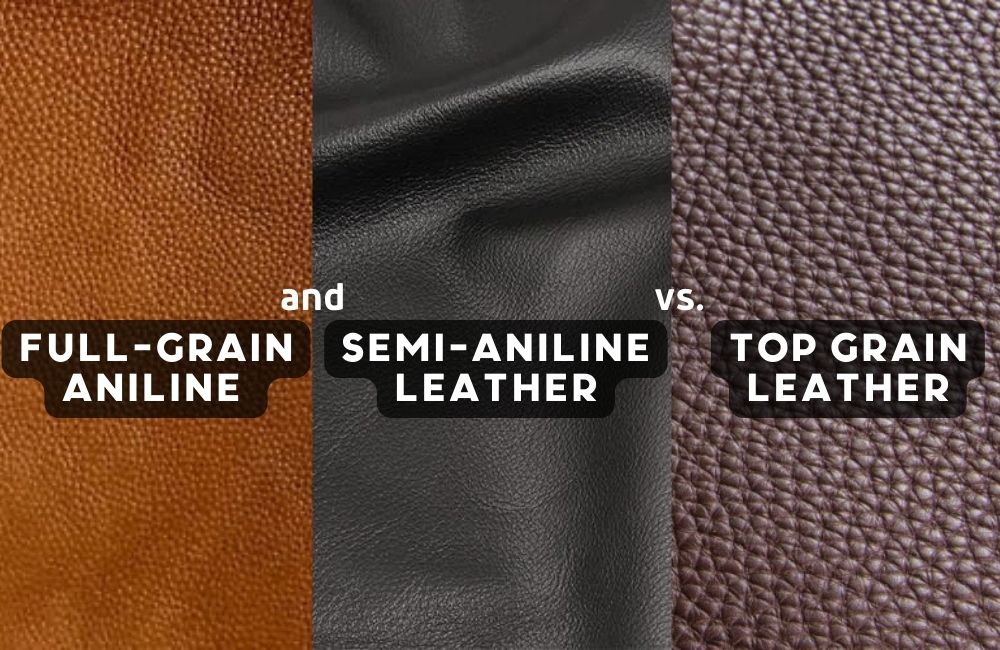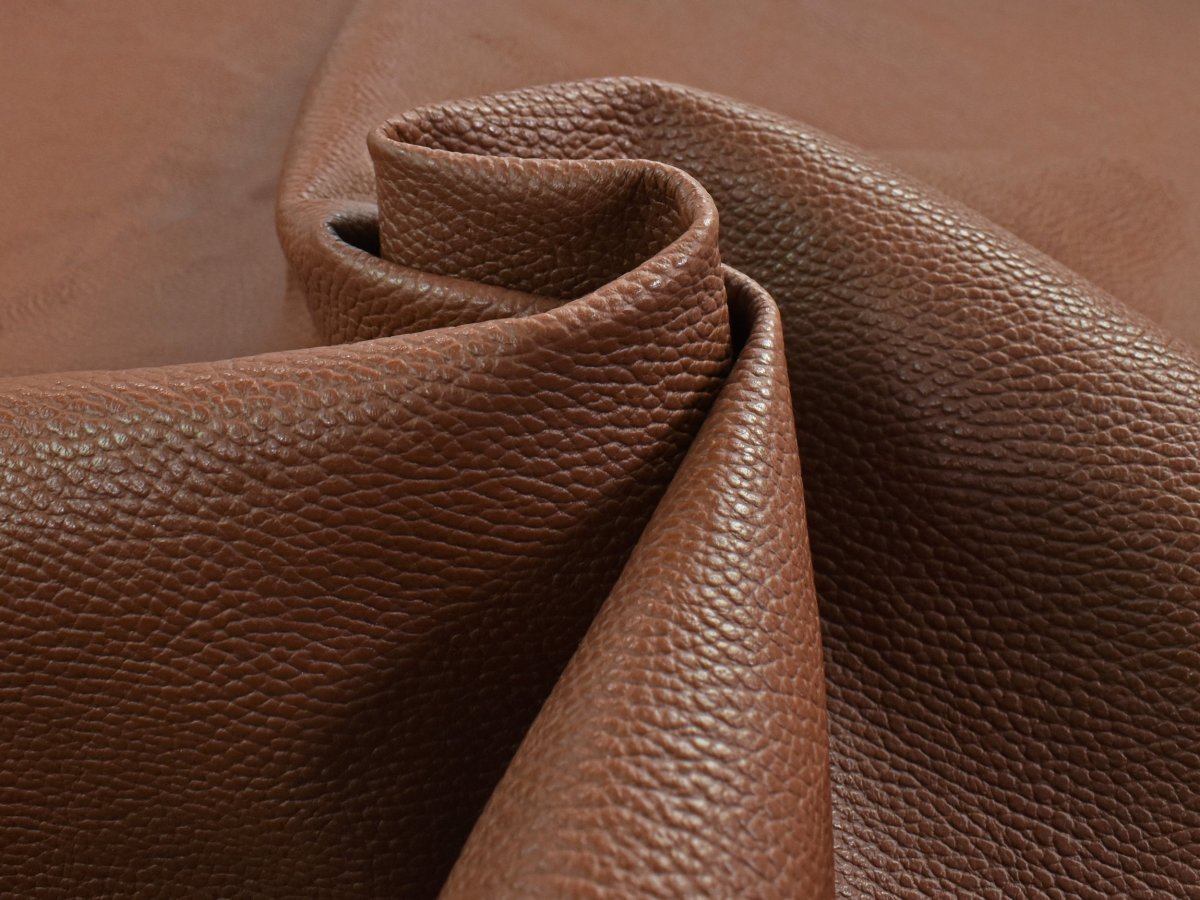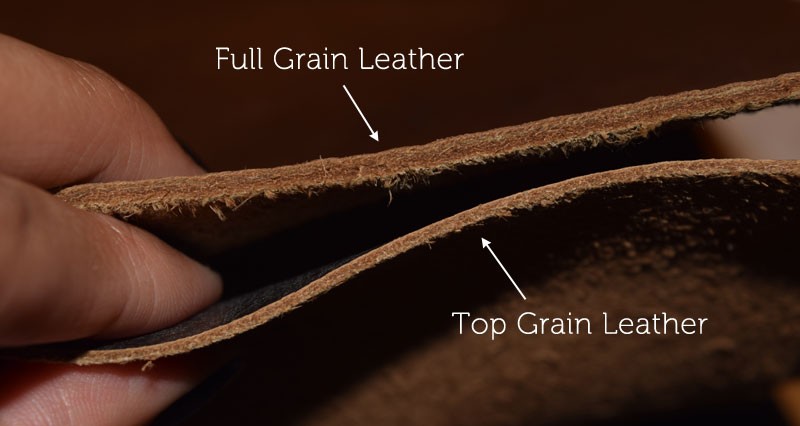What Does Top Grain Leather Mean

In a world saturated with leather goods, discerning quality can feel like navigating a labyrinth. Consumers are bombarded with terms like "genuine leather," "bonded leather," and the seemingly superior "top grain leather." But what exactly does top grain leather mean, and is it truly the pinnacle of leather quality that marketing suggests?
The definition of top grain leather is more nuanced than a simple claim of 'best' or 'highest quality' would suggest. This article dives deep into the characteristics, production processes, and perceived value of top grain leather to provide clarity for consumers navigating the leather marketplace. We'll explore its place within the broader leather hierarchy, comparing it to other grades and examining its suitability for different applications. Understanding these differences empowers informed purchasing decisions.
Defining Top Grain Leather
Top grain leather, as its name implies, comes from the outermost layer of the hide, just beneath the hair. This section is prized for its inherent strength and tighter fiber structure. Unlike full grain leather, however, top grain undergoes a sanding or buffing process to remove imperfections and create a more uniform appearance.
This sanding process also removes the epidermis, the outermost layer which contains the natural grain patterns and unique markings of the animal's life. This alteration is the key differentiator between top grain and the most coveted full grain leather.
The Manufacturing Process
The journey from raw hide to finished top grain leather is a multi-stage process. It begins with tanning, which preserves the hide and prevents decay. Chromium tanning, a faster and more cost-effective method, is widely used for top grain leather.
Vegetable tanning, a slower and more traditional process, is also employed but less common due to its higher cost. Following tanning, the hides are often dyed to achieve the desired color and then undergo the sanding or buffing process mentioned earlier to eliminate blemishes.
Finally, the leather is often treated with a finish coat to enhance its appearance and provide protection. This finish can range from a simple sealant to a more elaborate coating that adds texture or sheen.
Advantages and Disadvantages
Top grain leather offers several advantages. Its uniform appearance makes it suitable for mass production and applications where a consistent look is desired. It is also generally more affordable than full grain leather due to the faster processing times and lower wastage.
However, the sanding and finishing process can compromise the leather's natural breathability and durability. While still strong, top grain is not as resistant to wear and tear as full grain leather, which retains its original fiber structure.
The removal of the epidermis also means that top grain leather lacks the unique character and patina that develops over time in full grain leather. The sanding process remove the natural grain. This is why full grain leather usually cost more.
Top Grain vs. Other Leather Grades
To fully understand top grain leather, it's essential to compare it to other common leather grades. Full grain leather, considered the highest quality, retains the entire grain layer, showcasing the hide's natural markings and strength.
Genuine leather is a broad term that encompasses various grades of leather, often referring to splits from the hide after the top grain has been removed. Bonded leather, the lowest grade, is made from shredded leather scraps glued together and coated with a polyurethane finish.
Corrected grain leather is similar to top grain, but usually comes from hides with more imperfections. It undergoes more extensive sanding and often features an embossed grain pattern to mimic natural leather.
Applications and Uses
Top grain leather is widely used in a variety of products. You'll find it in furniture upholstery, car interiors, handbags, wallets, and shoes. Its balance of durability, appearance, and cost makes it a popular choice for many manufacturers.
However, for items that require exceptional durability and longevity, such as work boots or high-end saddlery, full grain leather is typically preferred. Consider the intended use of the product when assessing the suitability of top grain leather.
For example, a top grain leather handbag might be a good choice for everyday use, while a full grain leather backpack would be more appropriate for rugged outdoor adventures.
Sustainability Considerations
The leather industry as a whole faces growing scrutiny regarding its environmental impact. The tanning process, particularly chromium tanning, can generate significant pollution if not managed responsibly. Consumers are increasingly seeking out leather goods produced with sustainable practices.
Vegetable tanned leather, although more expensive, is considered a more eco-friendly alternative. Some tanneries are also implementing innovative technologies to reduce water usage and minimize waste. Look for certifications and labels that indicate responsible sourcing and production practices.
Another factor to consider is the longevity of the product. While top grain leather may not last as long as full grain, choosing a well-made item from a reputable brand can extend its lifespan and reduce the need for frequent replacements.
The Future of Top Grain Leather
The demand for leather goods is expected to continue, driven by fashion trends and consumer preferences. However, increasing awareness of environmental and ethical concerns is shaping the future of the industry. Innovations in tanning processes and the development of alternative leather materials are gaining traction.
While top grain leather will likely remain a popular choice due to its affordability and versatility, manufacturers will need to prioritize sustainable practices to maintain consumer trust. Transparency in sourcing and production will be crucial for ensuring the long-term viability of the leather industry. Consumers should continue to educate themselves on the different leather grades and make informed choices that align with their values.


















